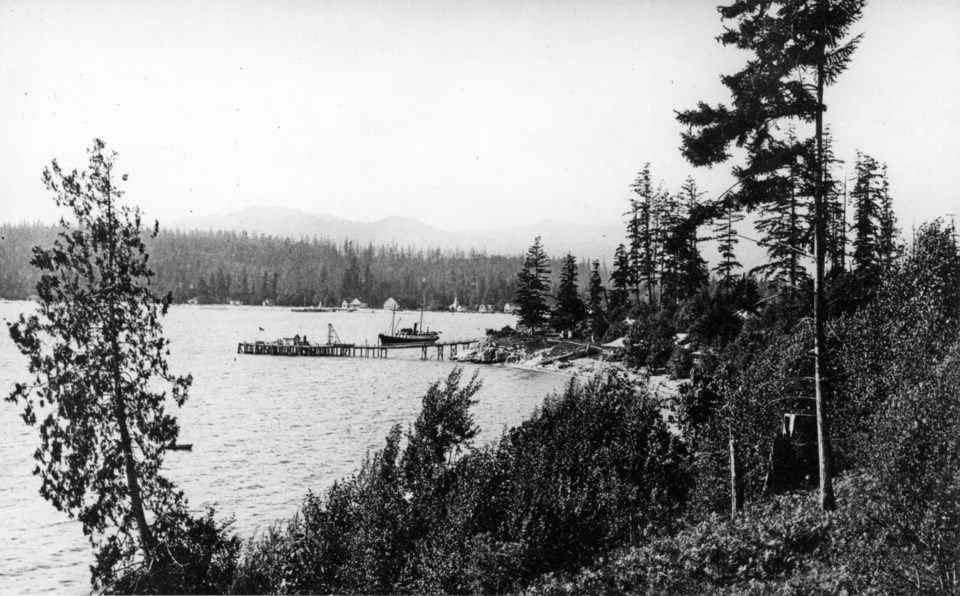When the Sechelt Community Archives opened in 1997, the first two queries were: who was Holy Joe and why was a rock named after him?
Answers were found among the documents of Sechelt’s first archivist, Helen Dawe.
Edward King Collett, also known as Joe Collett, was quite a character in Vancouver in the early 1890s. He was a member of the Salvation Army but had such a fondness for alcohol he had to be saved, frequently, hence the nickname “Holy Joe.”
He lived near Point Atkinson lighthouse in West Vancouver where he made and sold charcoal to salmon canneries on the Fraser River for soldering cans. He was building a large boat called The Holy Terror so that he could deliver his charcoal himself to the canneries, but vandals set fire to it before it was launched: this may have caused his move to the Sunshine Coast.
He was interested in local politics and took part in Vancouver election debates. Helen Dawe states that a letter in a June 1890 issue of the Vancouver Daily World newspaper defended him against a political detractor, saying that perhaps he “does not dress well enough or is too honest and manly enough to suit [the detractor] Mr. Brown’s fastidious tastes.”
Edward Collett moved in 1894 from West Vancouver to the Sunshine Coast where he bought DL 1329, situated between the Sechelt First Nation’s lands and Davis Bay. The B.C. Henderson’s Directories for 1897-99 list him as a resident of Sechelt and working as a fisherman and farmer.
He and his nickname became so well known that his contemporaries named the rock bluff above the beach on his property “Holy Joe’s Rock.”
When the lot was listed for sale in 1902 it was described as having “several acres, cleared and fenced, a very fair house, boat house, cattle sheds, etc. and was known as Holy Joe’s Homestead. Price: $1,500.”
He was still listed in the B.C. Directory as a resident of Sechelt in 1919 but we don't know where he was living. We do know he died in 1925 in Vancouver and is buried in Mountain View Cemetery.
The All Red Line Ltd., incorporated in 1911, purchased a steamship, the S.S. Selma, to provide steamship service to Powell River. The company also bought seven acres of land, including Holy Joe’s Rock, from the Roman Catholic Church and named the area Selma Park after its first steamship. It established a summer resort with a dance hall, lodge, cabins and campgrounds and in 1916 built a wharf, basing it on Holy Joe’s Rock. One year later the Union Steamship Company bought the All Red Line’s steamers, wharf, buildings and land.
All have gone now but walk down Selma Park Road to Selma Park Lookout Park and you will find Holy Joe’s Rock; a tangible reminder of one of our Sunshine Coast pioneers.
– By Ann Watson, Sechelt Community Archivist



